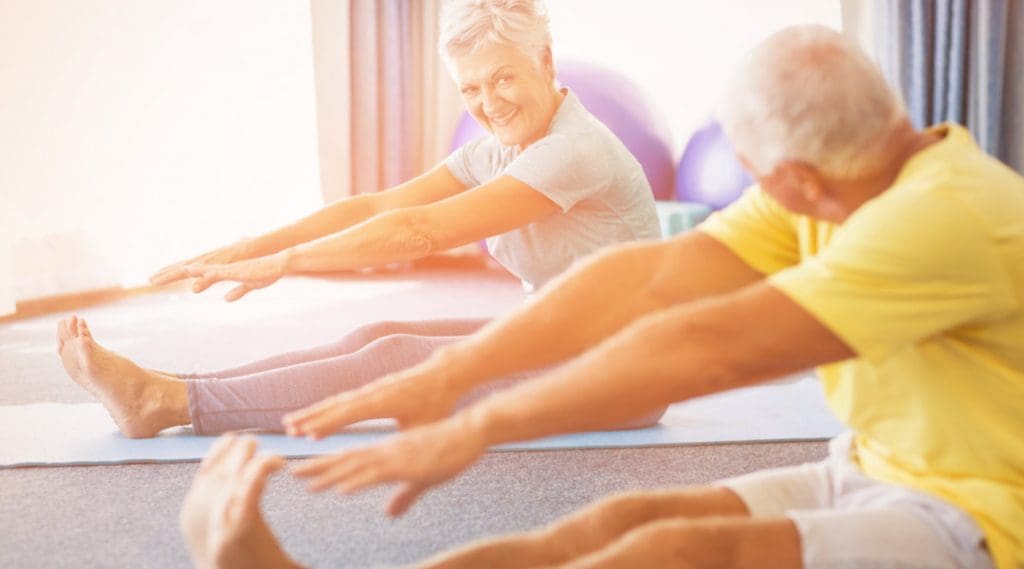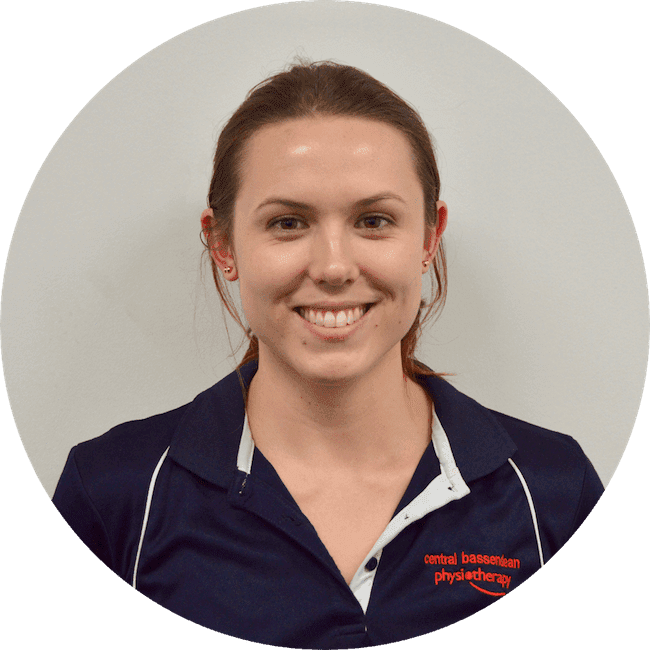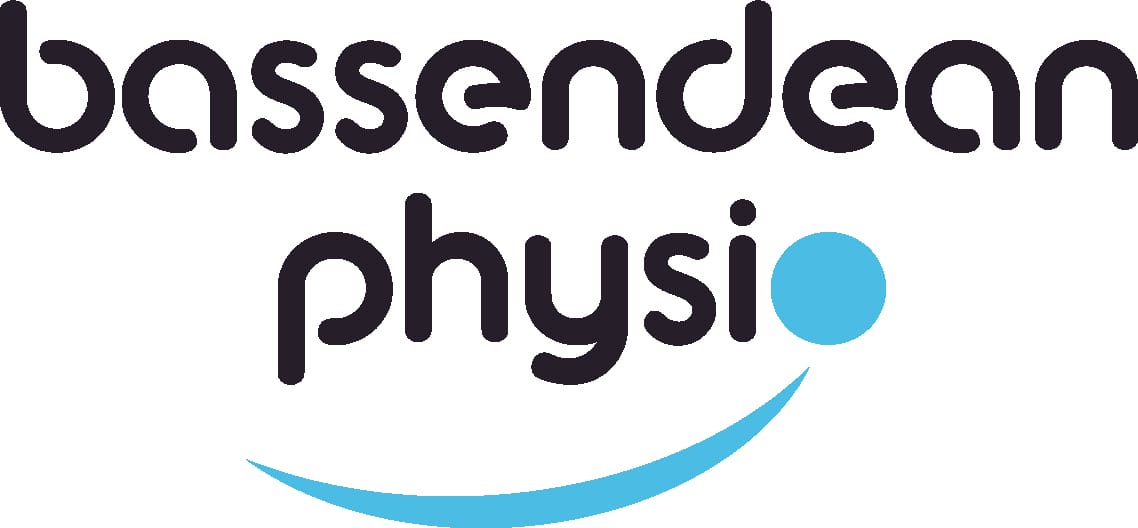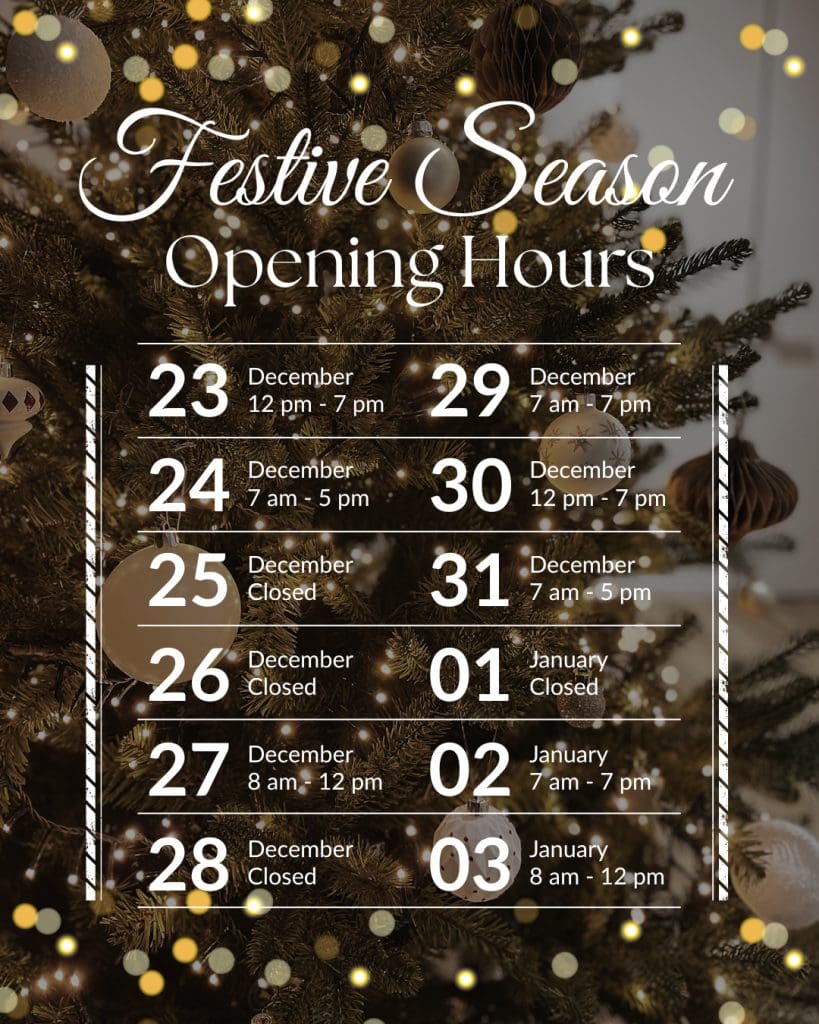This month’s newsletter will be focusing on lateral hip pain, which is often referred to as trochanteric bursitis. Recent evidence suggests that the primary cause of pain may actually be a result of gluteal tendinopathy, rather than from inflammation of the bursa, which may actually be a secondary finding to tendinopathy*. Tendinopathy involves changes to the structure of the tendon and breakdown of the collagen structure of the tendon, resulting in a tendon that is more like a weak spring as opposed to a healthy tendon that behaves like a stiff spring. Traditionally tendon overload has been considered to be tensile; however compressive load may play a significant role in the development of tendinopathy**. The gluteal muscle group is made up three muscles – gluteus maximus, medius and minimus, all of which are located in your hip region. The smaller two, gluteus medius and gluteus minimus, are the muscles that are commonly involved in gluteal tendinopathy.
Gluteal tendinopathy most commonly occurs over the age of 40, and is more common in woman than men. Common complaints from someone with gluteal tendinopathy include pain with the following activities: lying on the effected side, walking, standing, ascending/descending stairs and sitting. Pain is typically located on the outside of the bony part of the hip, which is the attachment point of the gluteal muscles. Similar to other tendon issues, this condition usually develops as a result of tensile overload to the tendon, excessive tendon compression at the point of insertion (attachment to the bone), or most likely a combination of both. Impaired tendon loading may be from long-term over-use or under-use of the tendon. Significant compression of the gluteal tendon occurs when the hip is in a position of adduction – where the thigh moves toward the midline of your body.
Clinically, altered functional movement patterns of the lower limbs are commonly observed in those who have gluteal tendinopathy – typically increased hip adduction during weight bearing (for example knees dropping in when standing on one leg or squatting). This is likely due to weakness of the gluteus minimus and medius muscles, whose job is to rotate the thigh and to lift the leg out to the side. They also play a significant role in controlling the pelvis while walking. If these muscles are not working efficiently, increased load may be placed on surrounding structures, particularly the iliotibial band (ITB). This is especially true if the hip is in a position of excessive adduction. Higher load on the ITB results in more compression on the attachment site of the gluteal tendons, which further contributes to tendon pathology.

Current guidelines on the best way to manage gluteal tendinopathy include similar concepts to managing tendon pain in other areas of the body. Limiting the amount of compression at the site of tendon attachment is important, and can be achieved by altering postures and/or movements to decrease the amount of hip adduction. This may include changing from sleeping on your side to sleeping on your back, avoiding crossing your legs in sitting, and functional movement retraining to improve pelvic control during weight bearing tasks. Isometric (static) muscle contractions may be used early on as a way to reduce tendon pain. Specific gluteal muscle strengthening is important, as tendons require appropriate, gradual loading to become stronger and more resilient. These strengthening exercises should be gradually progressed in terms of load and in varying functional, weight-bearing positions specific to you. Passive treatments such as massage may also be useful in helping to restore muscle length without causing tendon compression, which can occur with stretching. Your Physiotherapist will let you know if this is an appropriate treatment option for you.
*Grimadli, A; Fearon, A. Gluteal tendinoapty: Integrating pathomechanics and clinical features in its management. Journal of Orthopaedic and Sports Physical Therapy, 2016
**Cook, J; Purdham, C. Is compressive load a factor in the development or tendinopathy? British Journal of Sports Medicine, 2012
Author

Jezamine Johnson
Physiotherapist
Pilates Instructor
Jezamine has a keen interest in managing chronic conditions, particularly low back pain, and non-musculoskeletal conditions such as COPD. She also enjoys assisting in rehabilitation of sports people following an injury. In addition to treating at the clinic, Jezamine also runs the Thursday afternoon Hydrotherapy sessions at Bayswater Waves, as well as Clinical Pilates classes twice per week on Monday and Wednesday afternoons.

